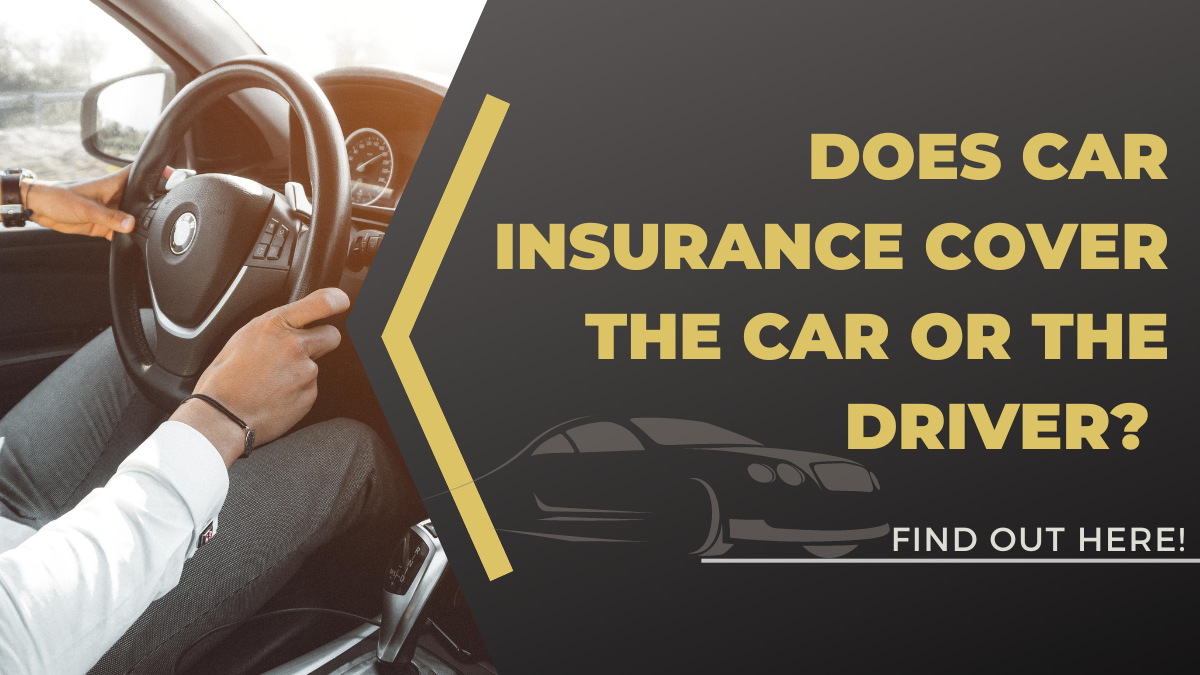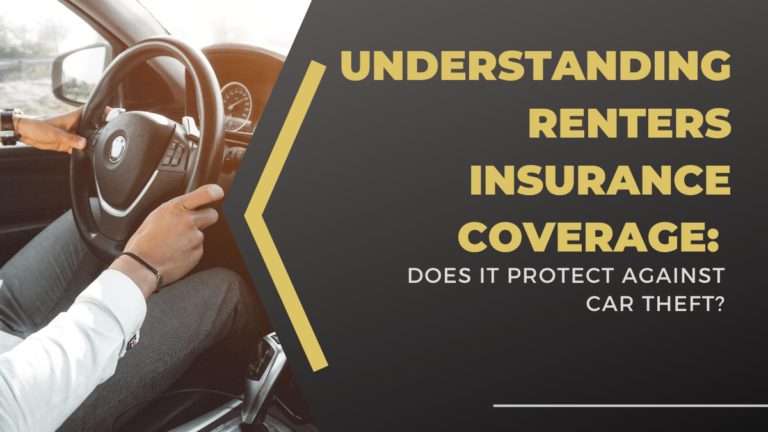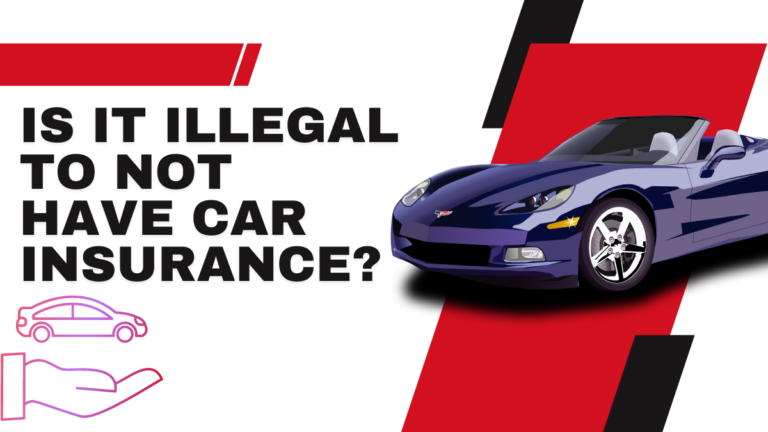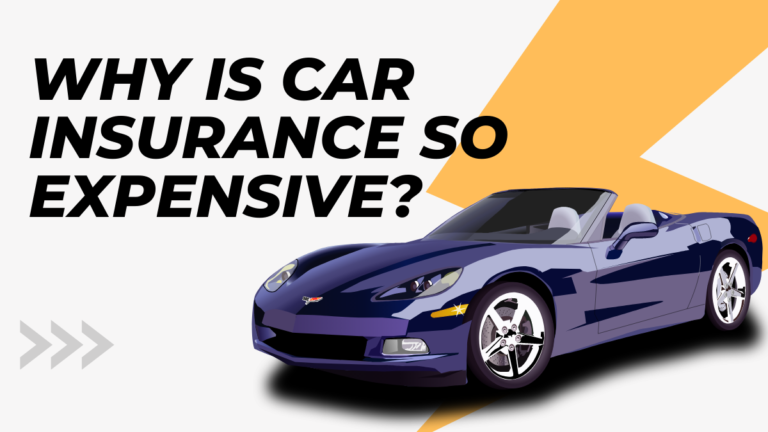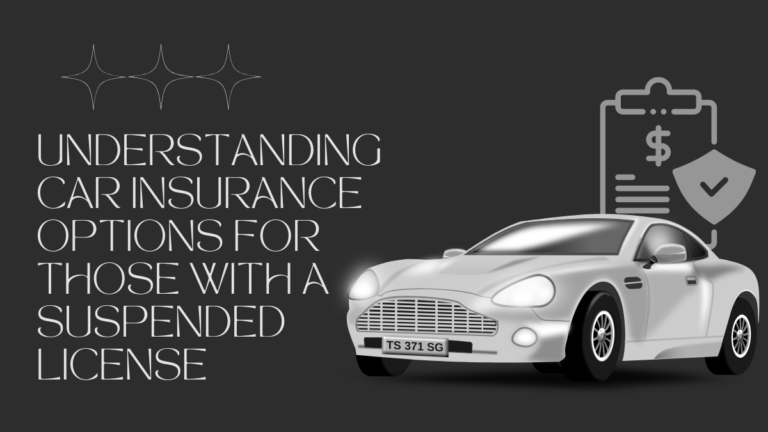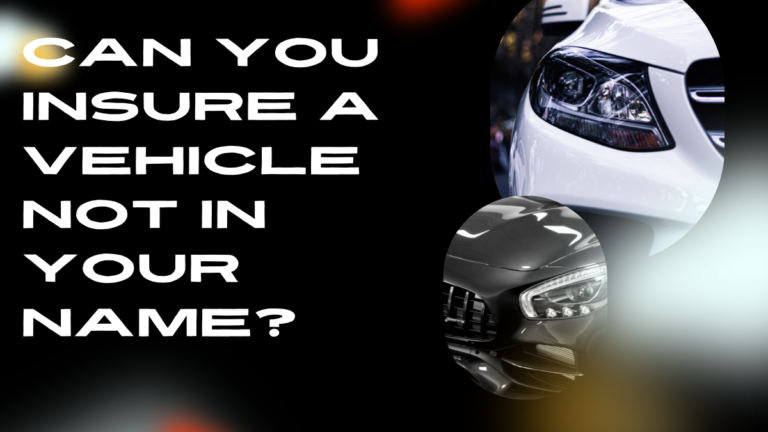Does Car Insurance Cover the Car or the Driver? Find Out Here!
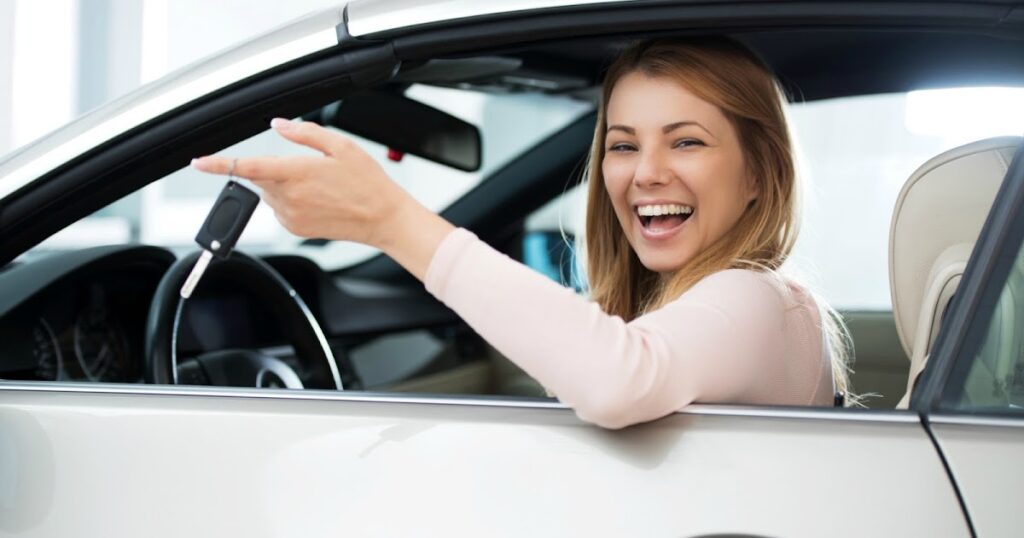
Are you puzzled about what exactly your car insurance covers? Is it the car itself or just the person driving it? You’re not alone! Car insurance can be a complex topic, but fear not – we’ve got you covered. In this blog post, we’ll demystify the enigma and reveal whether your car insurance policy protects your beloved vehicle or shields the skilled driver behind the wheel. Buckle up as we embark on an exciting journey through the intricate world of car insurance!
Table of Contents
What is Car Insurance?
When you buy a car, you’re also buying car insurance. It covers the car in the event that it’s damaged or stolen, and it typically covers you as the driver. But what is car insurance actually for? Is it to cover your costs if your car is damaged or stolen? Or is it to reimburse you for injury or damage that you cause to someone else’s property?
The short answer is that there are multiple purposes for car insurance, depending on who is paying for it. Car insurance can cover damages that you cause while driving, whether those damages are physical (ones to the car) or financial (loss of value caused by theft). It can also pay claims made by others affected by your actions, such as pedestrians hit by your car.
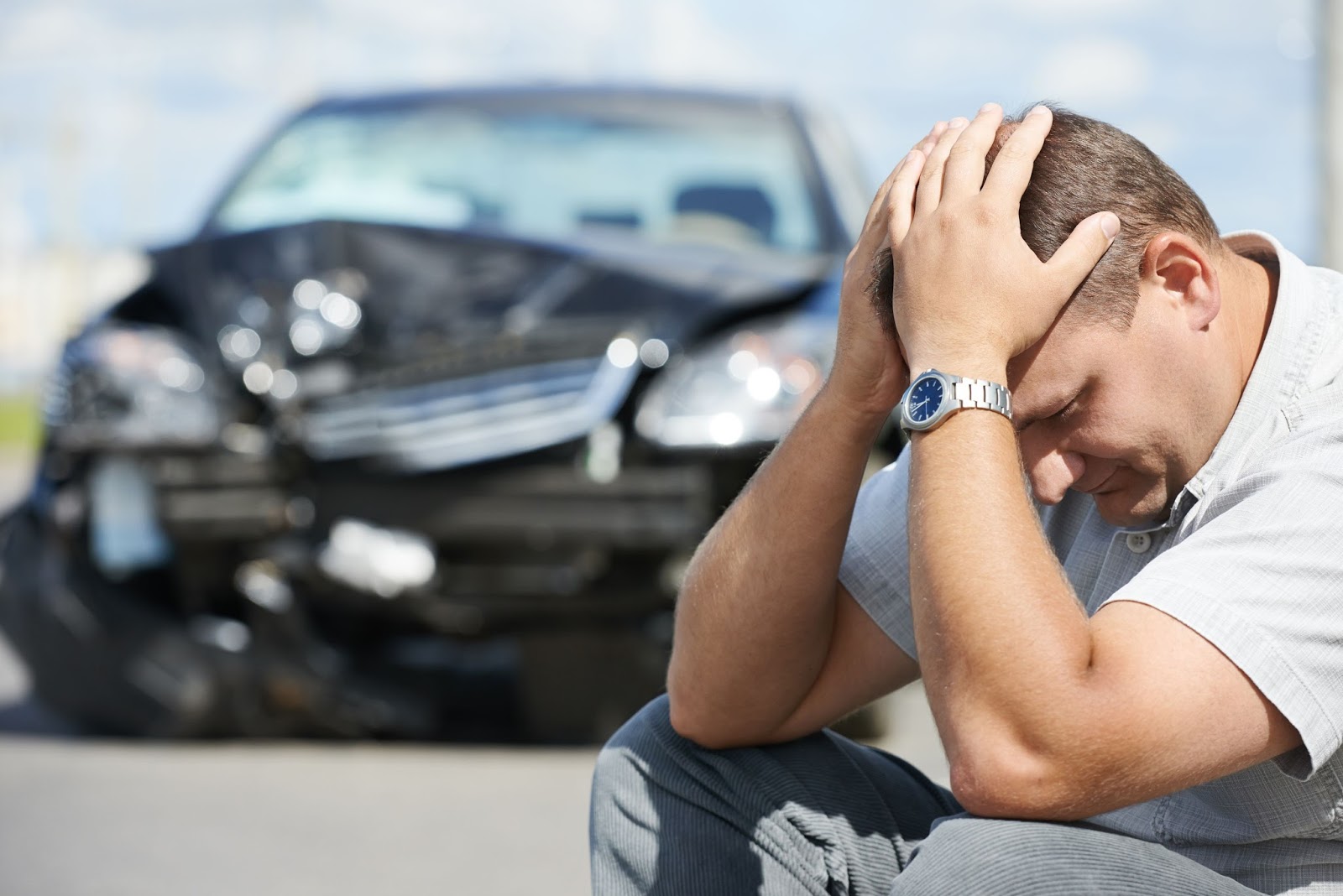
In many cases, your insurer will also provide uninsured motorist coverage, which pays out if you’re injured while driving and the at-fault driver doesn’t have insurance. Most insurers offer add-on products such as roadside assistance and personal liability coverage that can protect you in different situations.
Types of Car Insurance
When you take out car insurance, there are a few things you need to know about types of coverage. Car insurance coverages can vary widely from company to company, so it’s important to have a general understanding of what your policy covers before calling to ask questions or confirm coverage. Here is a breakdown of the most common types of auto insurance:
Bodily injury liability (BI) coverage will pay for damage to another person as a result of an accident. This type of coverage is usually required by law in most states and is usually the most expensive type of coverage.
Property damage liability (PD) Coverage will help pay for any physical damage done to someone else’s property in the event of an accident. This type of coverage is typically less expensive than BI and may be required in some states but not others.
Personal property protection (PPP) Coverage helps compensate you for any personal belongings that are lost or damaged in an accident. PPP can also help cover the costs associated with removing debris from the scene of an accident.
Collision Coverage pays for damages caused when two vehicles collide. This type of coverage is often recommended if you have a newer vehicle because it will help finance repairs should you have another collision in the future.
Uninsured/underinsured motorist (UIM) Coverage helps pay for medical expenses and Damage To Your Car If Hit By An Uninsured Driver . UIM may also offer reimbursement for lost wages if you are unable to work due to the accident.
Roadside assistance provides basic help if you get stranded on the side of the road. This type of coverage is not required by law, but is often included as a benefit with car insurance.
Coverage for Cars and Drivers
Car insurance is fundamentally different than homeowner’s insurance. When you have car insurance, the insurer usually covers the vehicle and not the owner. This is because most accidents happen when someone else is driving your car, not when you are driving it yourself! So, if you are in an accident while someone else is driving your car, your policy will typically only cover that driver and not your car.
Most policies do cover property damage to other vehicles as long as it’s been caused by someone else while your vehicle was being driven – even though your own car might be completely totaled. And since most accidents happen when someone else is driving your car, having collision coverage on your auto policy can help pay for damages to other people’s vehicles that are involved in an accident with yours.
But what about when you get into an accident where you were driving? In this situation, Car Insurance Demystified says your policy should usually cover the damage to both the vehicle and the driver. The exception would be if there was evidence that indicates a mechanical issue caused the crash (not just human error), in which case only liability coverage would apply.
Understanding Your Policy
First and foremost, understanding your policy is key to ensuring you’re fully covered in the event of an accident. Car insurance policies typically cover the car or the driver, depending on who was at fault for an accident. So, if your car is damaged while you’re driving it and you were at fault, your policy may not cover the car. On the other hand, if another driver ran into your car without warning and caused the damage, your policy would likely cover the vehicle and its repair costs.
Your policy also determines what expenses are covered in the event of an accident. For example, most policies will cover medical bills for injured passengers, property damage, and lost wages. Make sure to read your policy carefully so you know exactly what’s covered and what’s not.
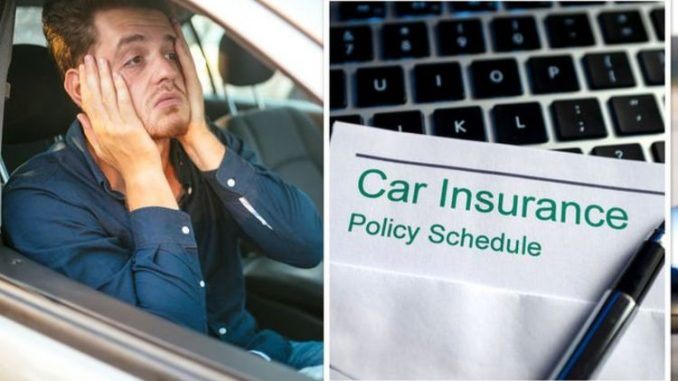
One common mistake people make when thinking about their car insurance is assuming that just because their policy covers accidents involving cars, it also covers accidents with drivers inside those cars. This is not always the case! Your policy may only cover accidents with vehicles owned by you or entities listed on your policy., such as rental companies. It’s important to review your coverage carefully to make sure you’re fully protected in whatever situation arises.
Driving with a Claim Under Your Car Insurance
If you have car insurance, it’s important to know that your policy may not cover the car itself if somebody is driving it without permission. Your car insurance policy may only cover the driver and not the vehicle.
This can be a big problem if you’re in an accident and the other party was driving your car without permission. In most cases, your insurance will only cover your losses if the driver who was driving your car without permission was at fault in the accident. So, if you were in an accident with someone else driving your car without permission, you may not be able to get any money from them or their insurance company.
To protect yourself in this situation, make sure you have written proof of ownership of the vehicle, such as a driver’s license or lease agreement. You can also try calling your insurer and asking about coverage for cars owned by others.
Conclusion
The car insurance market is full of confusion and myths, which is why we have created this Car Insurance Demystified guide. In this article, we will clear up the two most common misconceptions about car insurance: does it cover the car or the driver? Finally, you will be able to make an informed decision about whether or not auto insurance is right for you. Let us know what you think in the comments below!
